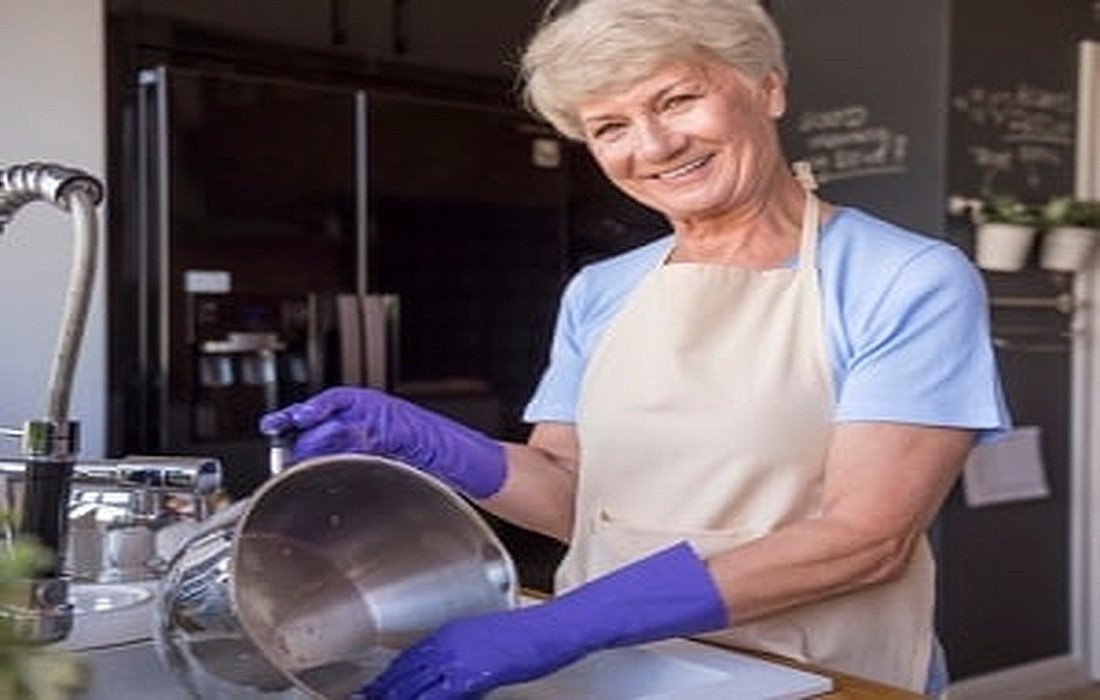Tips for Cleaning Ceramic Pots and Pans
Ceramic dishes have quickly become popular due to their non-stick surface, but improper use by many people has led to loss of their original quality. Therefore, in this section about lifestyleSelMagzWe present methods and tips for washing ceramic dishes.
How to prevent burningfoodinside ceramic frying pans?
The main mistake many women make when frying food is not adding oil to the pan. Remember that even ceramic pans, known for their non-stick properties, require some oil.
Frying without oil causes the pans to overheat, damaging the ceramic coating and losing its non-stick quality in a short time. Additionally, it is crucial to pay attention to the temperature and the type of oil used, so be careful when adjusting the heat.
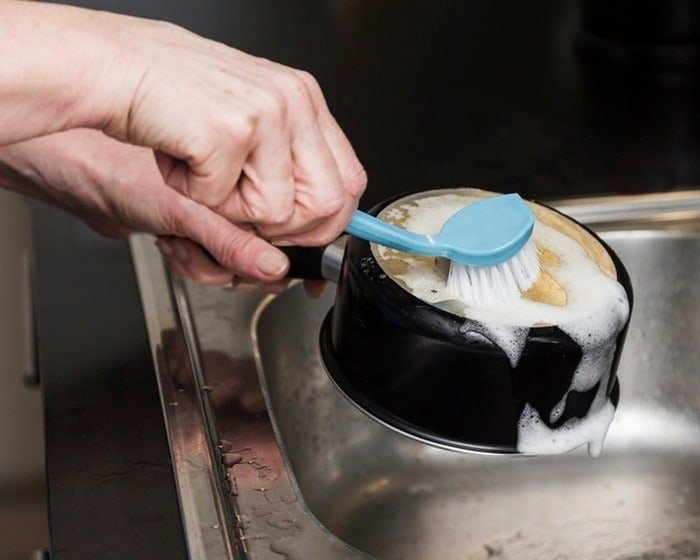
How to clean ceramic dishes?
New ceramic pots and cookware should be washed well by hand with warm water and dried with a soft cloth to remove dust and dirt accumulated during manufacturing and transportation.
Ceramic dishes should be washed after each use to remove food particles. Regularly check for discoloration and take time to remove stains to prevent possible damage.
Necessary tools and materials for cleaning dishes:
- Soft sponge or dishcloth
- Warm water
- Dish soap
- Baking soda (optional)
- Hydrogen peroxide (optional)
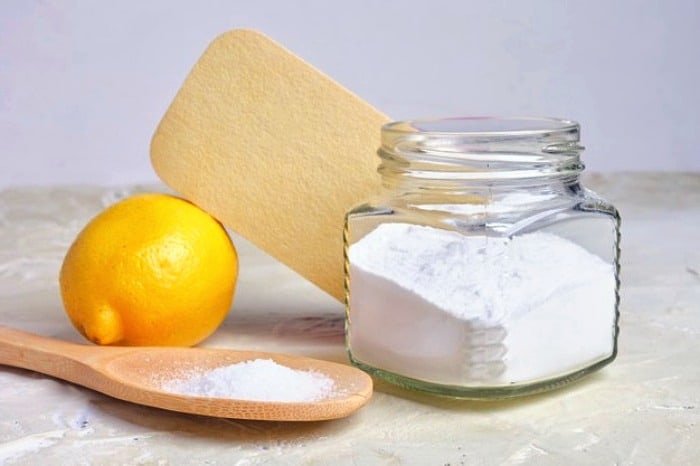
Follow these steps to extend the lifespan of ceramic dishes:
Let the ceramic pots cool down:
Remember that ceramic dishes do not respond well to rapid and extreme temperature changes. Always allow ceramic items to cool for a few minutes before washing, then fill the sink with water and dish soap to clean the dishes.
Wash the dishes with a sponge:
Using a soft sponge is another simple and effective tip for cleaning ceramic dishes. The right sponge prevents scratches on the dishes.
Avoid abrasives:
Never use steel wool, scouring pads, or abrasive cleaners for washing ceramic dishes. These can cause scratches and damage to the surface.
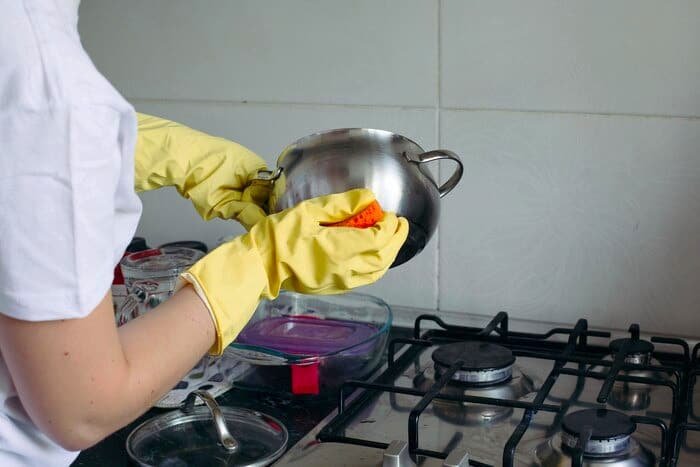
Wash and dry the dishes:
After washing the pots and pans with warm water, dry them with a soft cloth or let them air dry.
Remove stuck food withbaking sodaOne of the common problems homemakers face is food sticking to pots. Let the pots soak in warm water and soap for at least 30 minutes, then use a wet sponge dipped in dry baking soda to remove any food remnants.
If the food doesn’t come off easily, sprinkle baking soda on the bottom of the pot and add one to two tablespoons of hot water. Let the mixture sit for 30 minutes and scrub in a circular motion. Repeat if necessary, then wash and dry.
Remove discoloration with hydrogen peroxide:
After frequent use, ceramic coatings can change color. To brighten the pots, pour enough 3% hydrogen peroxide into the dish to cover the surface. The hydrogen peroxide should fizz; if it doesn’t, the solution is old, and you need a fresh one.
Let the solution sit in the dish for 30 minutes, then wash and dry. The bleaching effect of peroxide will make the surface shine.
Tips for Keeping Ceramic Dishes Clean
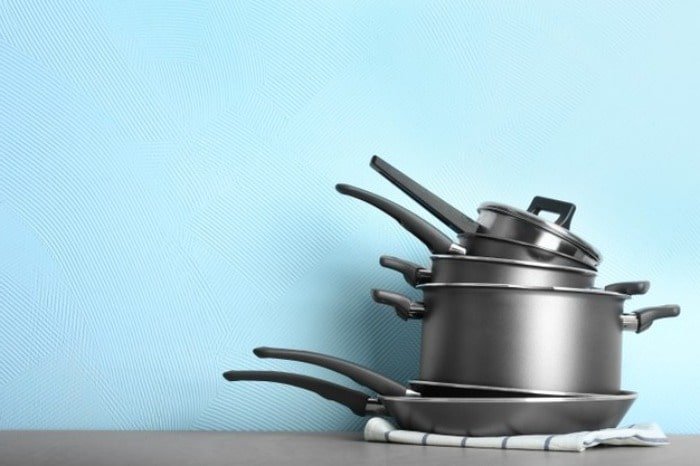
Always wash ceramic dishes by hand. Dishwasher detergents contain bleaches and citric acids.
- When cooking with ceramic dishes, always use plastic, silicone, wooden, or nylon spatulas and ladles.
- Never cut food with a knife in ceramic dishes to avoid scratching the surface.
- When the ceramic coating wears off, avoid cleaning the pots with acids (like lemon juice or vinegar). High acidity can accelerate damage to the dishes.
- Avoid high temperature during cooking.
- Don’t stack ceramic dishes without pads to prevent scratches between pieces.
- Ceramic dishes



